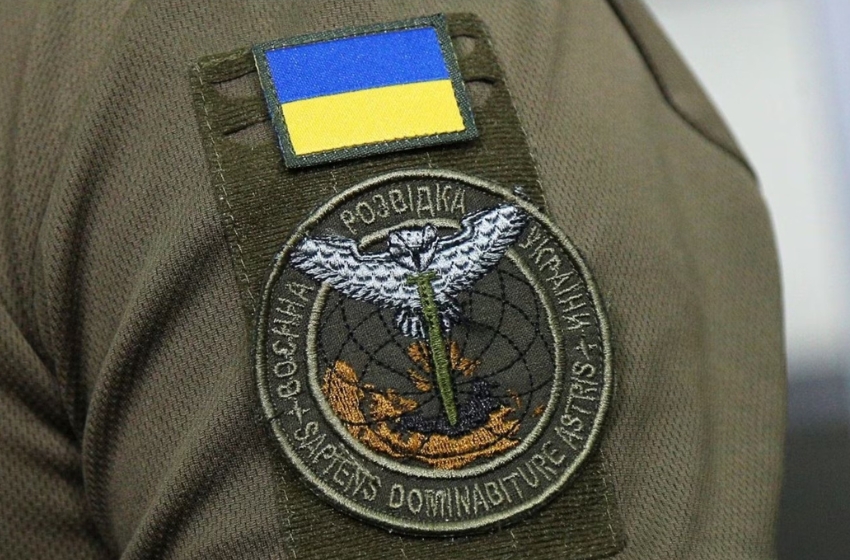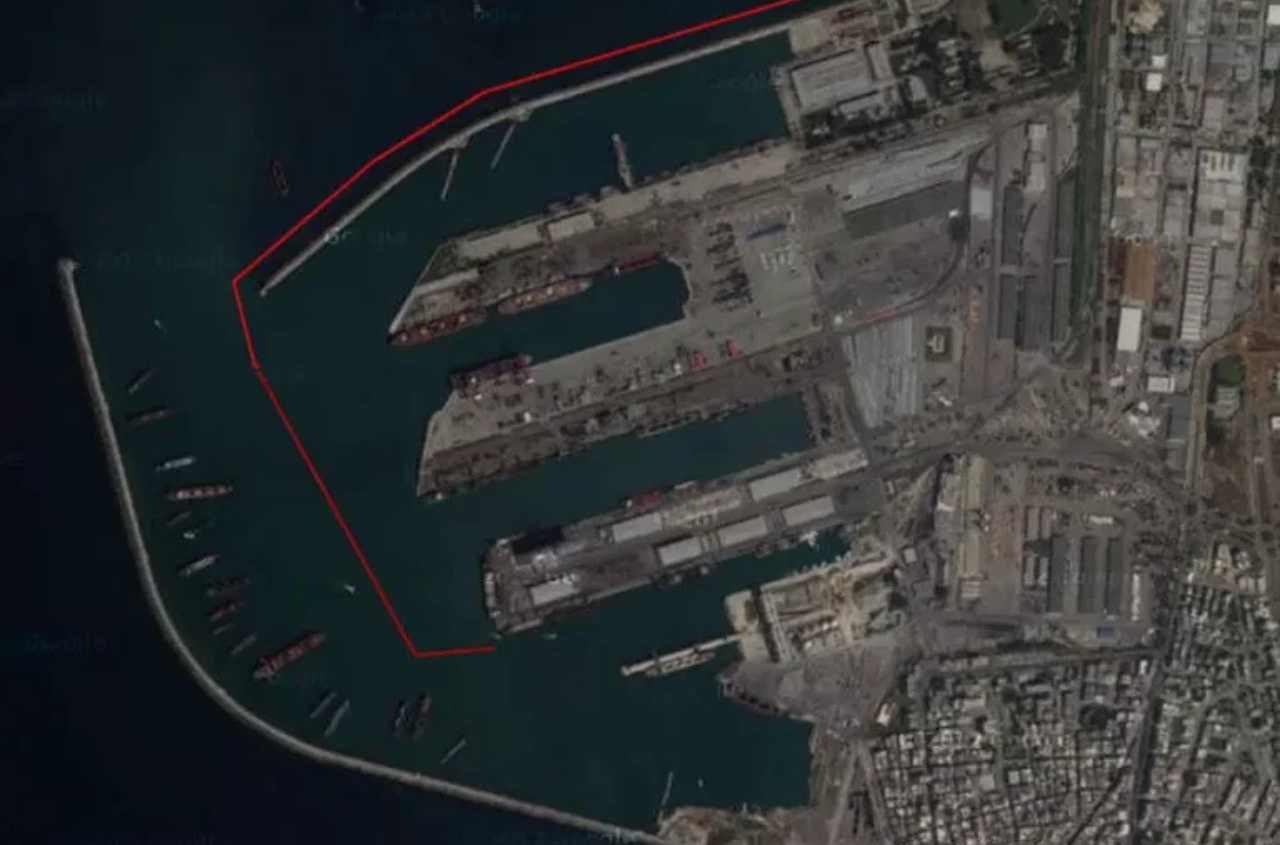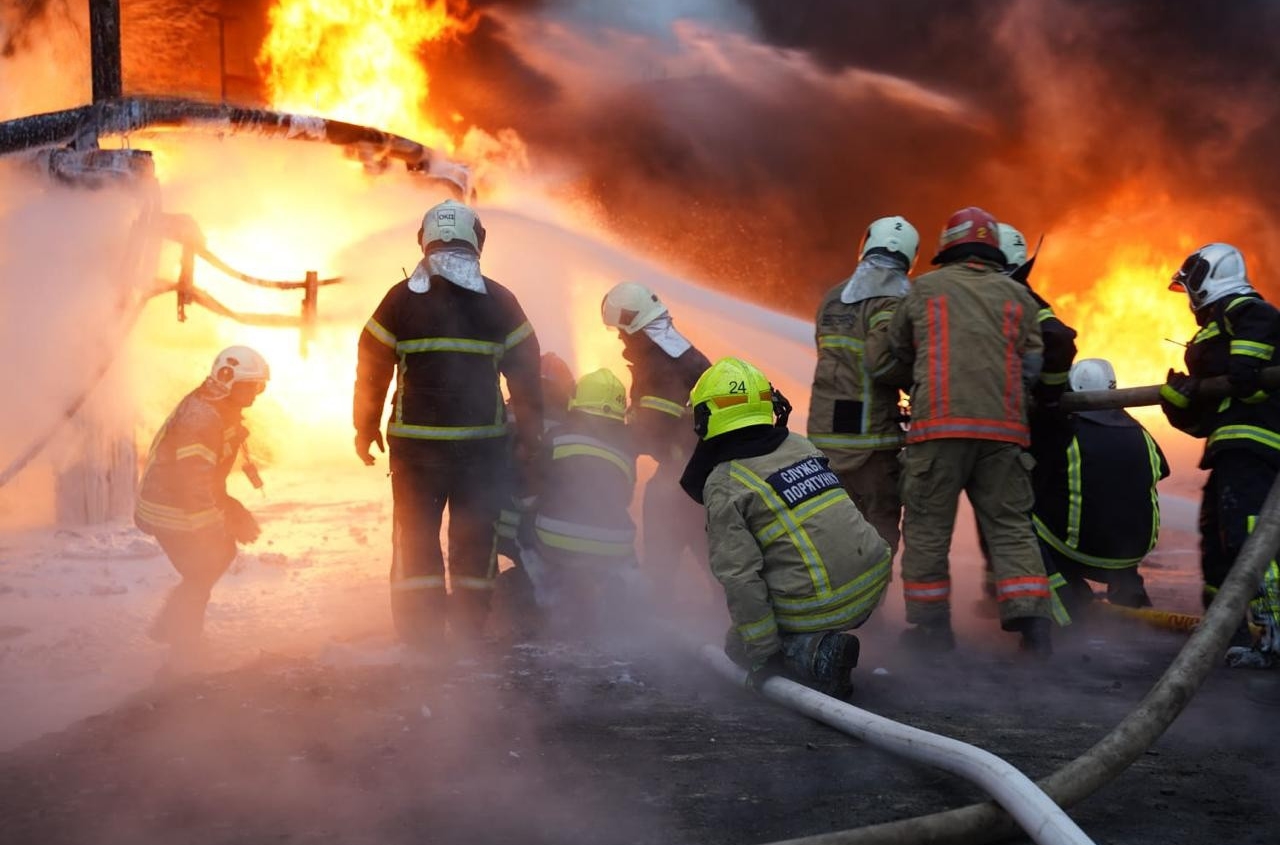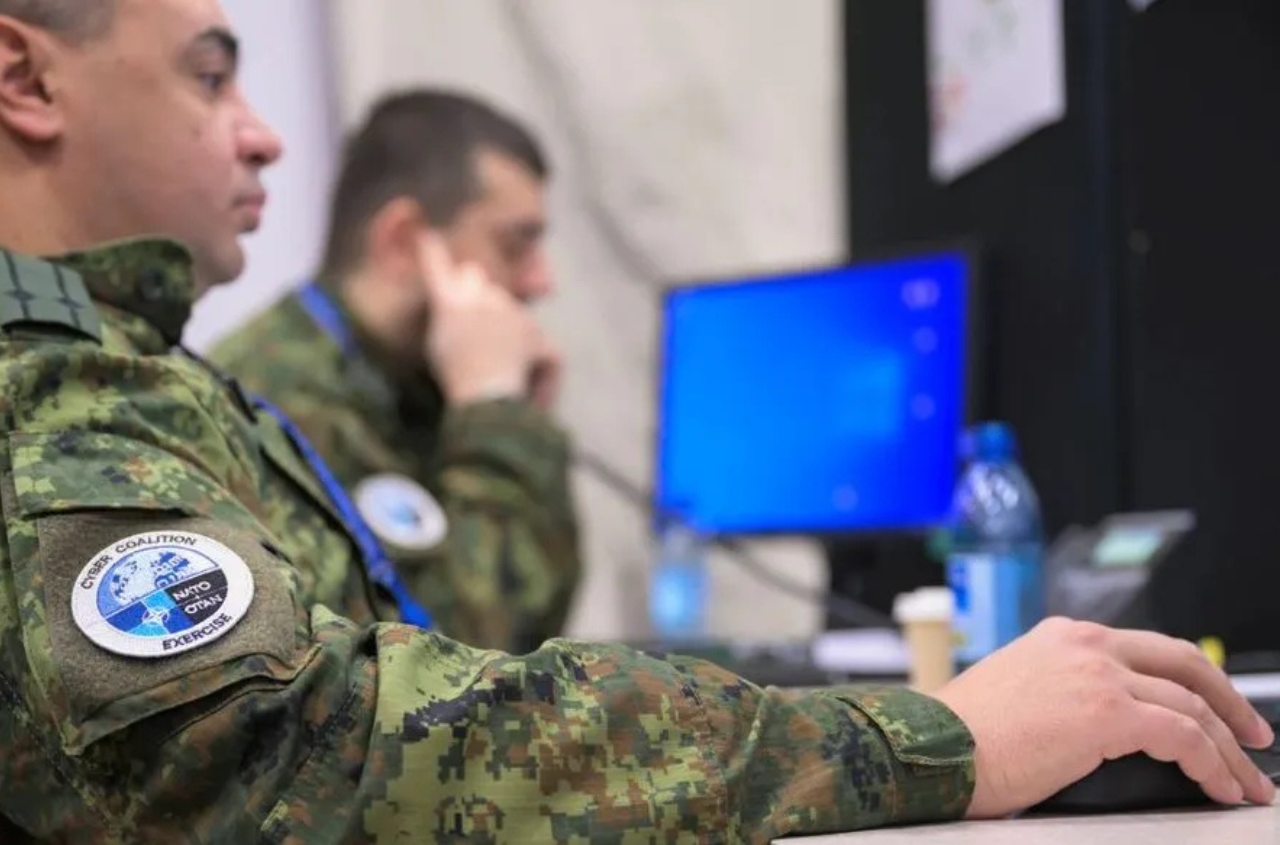By Illia Pavlenko, Major General, former Deputy Head of the Main Directorate of Intelligence of the Ministry of Defense of Ukraine
About the high-profile special operations of the Ukrainian military intelligence under the leadership of Lieutenant General Kyrylo Budanov amid the full-scale Russian invasion of Ukraine
From the very first days of the full-scale invasion, the Main Directorate of Intelligence of the Ministry of Defense of Ukraine (MDI) faced new unprecedented challenges that influenced the fundamental transformation of Ukraine as well as the course of global security, political, and economic processes. Reforms in Ukraine’s leading intelligence agency began essentially on the move. Since 2022, the scope and geography of the MDI’s activities have significantly expanded. Although Ukrainian intelligence officers had known their enemy well and fought against it since 2014, when Russia annexed Crimea and seized parts of eastern Ukraine (Donbas).
The experience of the MDI during the full-scale Russian invasion of Ukraine is actively studied by global analysts and specialists from many intelligence agencies.
The Onslaught
On the very first night of the full-scale invasion, one of the top priorities for the active operations units of the Main Directorate of Intelligence (MDI) was the defense of Kyiv. Understanding that the loss of Ukraine’s capital would lead to a collapse of the front and demoralization of society, Budanov sent special forces to defend the Hostomel airfield, which the enemy planned to capture in order to land transport planes with troops and equipment. The enemy’s elite military vanguard encountered professional, motivated, and well-armed MDI units.
At the same time, active strikes were carried out on the enemy’s supply chains, especially along their stretched supply lines.
In parallel, under Budanov’s leadership, a resistance network was created—partisan detachments in the regions composed of local population, coordinated by the main headquarters of the Ukrainian military intelligence. There was also a need to expand the specialization and number of highest-complexity active operations units—thus the first new MDI units appeared: "Kraken," "Shaman," and "Artan." Volunteers from many countries joined the MDI’s International Legion.
MDI units liberated Bucha, Irpin, Moshchun, Vorzel, and other towns and villages in Kyiv, Zhytomyr, and Chernihiv regions.
A separate chapter was the operation to support the several-thousand-strong garrison of Mariupol in Donetsk region, which found itself encircled at the Azovstal plant. Helicopters delivered ammunition, medical supplies, and food to the garrison, and on the return flights evacuated wounded soldiers and the bodies of fallen defenders. Seven flights were successfully completed, involving 16 military helicopters that bypassed the enemy’s deeply echeloned defense system saturated with air defense systems.
In the battles for Kharkiv region and during the Kharkiv counteroffensive operation in September 2022, fighters of the MDI regiment "Kraken" distinguished themselves. Special units of the MDI also took part in defensive battles for Sievierodonetsk, Soledar, Bakhmut, Chasiv Yar, and other cities and towns of Ukraine.
From Defense to Offense: The Battle for the Black Sea
From the very first hours of the full-scale invasion, the Russian Black Sea Fleet, relying on its numerical and firepower superiority, attempted to establish control over the Black Sea and land a troop assault near Odesa, but suffered a complete failure. As a result, thanks to the work of the Main Directorate of Intelligence (MDI) special forces and small Ukrainian drones Magura, Russia lost control over the Black Sea.
To protect trade maritime routes and secure the northwestern coast of the Black Sea from enemy presence, Budanov set a priority — clearing the waters of Russian forces.
The story of reclaiming Ukrainian control over the Black Sea began with the de-occupation of Snake Island in early July 2022, where MDI and Special Operations Forces landed.
An important step for securing Black Sea trade routes was regaining control over gas drilling platforms on the Black Sea shelf between Snake Island and the western coast of Crimea, captured by Russia back in March 2014 — the so-called "Boyko rigs." In early September 2023, the “Artan” reconnaissance unit conducted an operation to retake the “Petro Hodovanets” and “Ukraine” drilling platforms, as well as the self-elevating drilling rigs “Tavrida” and “Syvash.”
The first MDI target on May 24, 2023, was the Russian intelligence ship “Ivan Khurs,” successfully attacked by three Magura V5 drones some 140 km northeast of the Bosporus Strait. On February 1, 2024, six Magura V5 drones attacked the Russian missile boat “Ivanovets,” which sank with all crew lost. Several landing craft near the Black Sea Fleet were also destroyed. On February 14, 2024, the large landing ship “Caesar Kunikov” was sunk near Alupka.
The most complex maritime operation by the MDI was the destruction of the occupiers’ most advanced patrol ship “Sergey Kotov.” The Magura drones struck this ship twice before sinking it. Special forces of the MDI “Group 13” used Magura V5 drones to destroy many other enemy surface targets. Today, the Magura strike drone is the only unmanned vehicle in the world to have sunk a military ship.
But the creativity of the MDI special forces engineers did not stop there: on the last day of 2024, the “Group 13” warriors made history by hitting an aerial target for the first time using a Magura V5 equipped with missile armament. Near Cape Tarkhankut in temporarily occupied Crimea, two Russian Mi-8 helicopters were shot down by R-73 “See Dragon” missiles launched from the Magura V5. In early May 2025, near the Russian port of Novorossiysk, “Group 13” forces from a platform of the latest Ukrainian development, the Magura V7, shot down two Russian Su-30 Flanker multirole aircraft with AIM-9 Sidewinder missiles.
Through this series of successful operations, MDI operators achieved the strategic goal — restoring free logistics for Ukraine through the Black Sea. The Russian Black Sea Fleet was forced to abandon the ports of the Crimean Peninsula, relocating to the Caucasus coast. Now Russian warships cautiously leave their locations only briefly, constantly wary of attacks by Ukrainian naval drones.
As a result, the Ukrainian ports of Chornomorsk, Odessa, and Pivdennyi were unblocked. Ukrainian ports on the Danube are operational, and safe trade routes are open, including for Ukrainian grain delivered to food-needy countries in Africa and the Middle East.
On January 24, 2023, MDI fighters conducted a successful reconnaissance raid near Nova Kakhovka in Kherson region, crossing the Dnipro River on motorboats. The enemy perceived this as a breakout attempt and brought up significant reserves, but Ukrainian special forces inflicted heavy losses on the enemy, destroyed a command post, captured a prisoner, and returned to the right bank of the Dnipro.
In August 2023, the Security and Defense Forces of Ukraine began an operation to cross the Dnipro in its lower flow and create a bridgehead on the left bank. As a result, a bridgehead was established near the villages of Krynyky and Kozachi Laheri in Kherson region, which was held until summer 2024, forcing the enemy to concentrate significant forces and resources there. In this operation, a key role was played by the fighters of the MDI special unit "Shaman."
In August–September 2023, MDI units made at least three attempts to cross the Dnipro near Enerhodar in Zaporizhzhia region with the goal of creating a bridgehead for the liberation of the Zaporizhzhia Nuclear Power Plant. Unfortunately, these attempts were unsuccessful, but the enemy was forced to maintain significant forces there and did not dare to connect the Zaporizhzhia NPP to its energy system at that time.




















